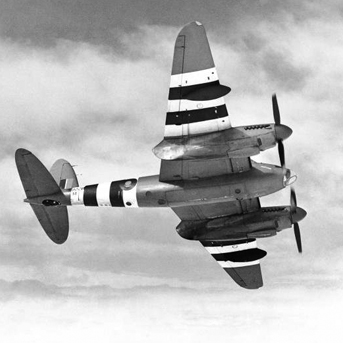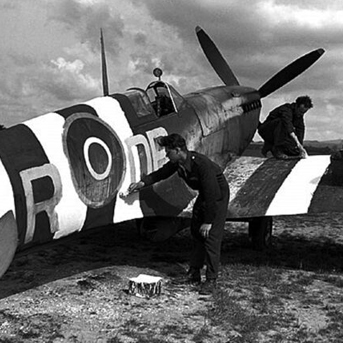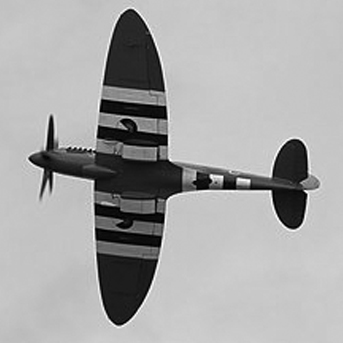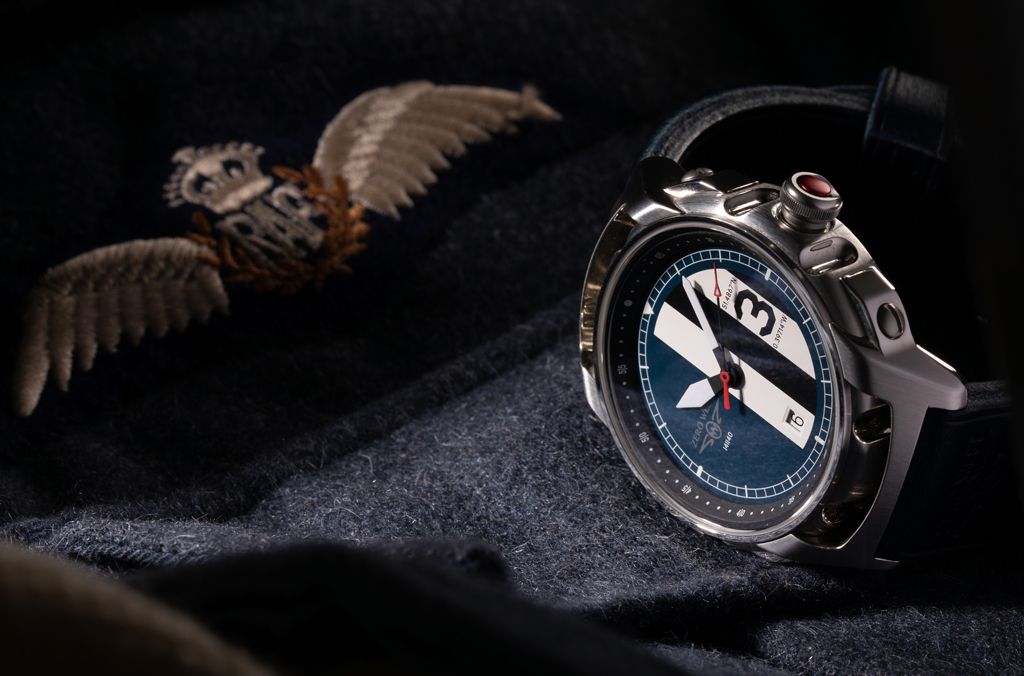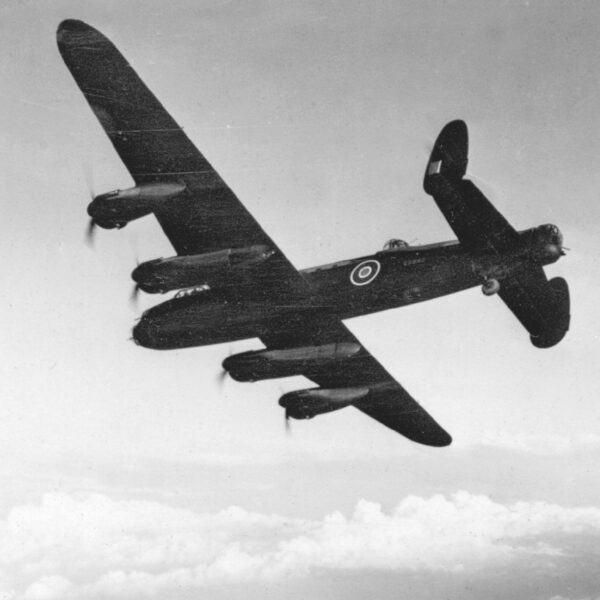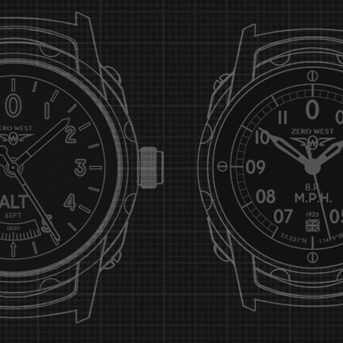Invasion Stripes: D-Day
The RAF and the ‘Eleventh Hour’ Paint Order
The black and white invasion stripes painted on allied aircraft just days before the D-Day invasion has become an iconic symbol of one of the most important battles in modern history. Lesser known is how late the order was given to paint these stripes on every plane, from bomber to fighter to glider.
D-Day invasion of 6thJune 1944
Operation OVERLORD, the D-Day invasion of 6thJune 1944, had been in planning since initial discussions at the Allied conference, Casablanca in November 1942. From the start it was top secret with every piece of information on a need-to-know basis, given out to military personnel at the latest possible moment. Spies were presumed to be everywhere. Loose lips sunk ships. D-Day was taking the fight to Germany; it was opening another front; the planning involved subterfuge and deception, ingenuity and the brilliance of charismatic, eccentric and experienced leaders in every area of the operation. Nothing could be left to chance or put at risk. Maybe that is why the order to paint the planes came so late; 3rdJune for troop carriers and 4thJune for bomber and fighter squadrons.

Plane Identification and the Fear of ‘Friendly Fire’
But why were they painted? The reasoning originated after the allied invasion of Sicily in 1943 that witnessed 23 Dakotas carrying American paratroopers, shot down by friendly fire from their own Naval guns. This was a terrible waste of life and highly trained forces. Sicily was a large invasion but Operation OVERLORD was on whole different scale and in addition to having one of largest armadas ever assembled it would use:
• 11 590 allied aircraft (bombers, gliders, reconnaissance and transport planes)
• 9 500 Allied air attack and support aircraft on D-Day itself encompassing –
• 14 574 sorties
This was colossal and with this number of aircraft in the skies there needed to be an easy method of identification, both in the air and below it. On the 18thApril 1944 a memo from the Supreme Headquarters of the Allied Expeditionary Force (SHAEF) stated that: ‘Allied aircraft taking part in the invasion of Europe would have five stripes on both wings and rear fuselage without covering national markings.’ Air Chief Marshall, Sir Trafford Leigh-Mallory rubber stamped the memo on the 17thMay 1944 but such was the secrecy and fear of the Luftwaffe getting hold of this information that the order wasn’t released officially until 3rd/4thJune. The original order held on file at Kew is curiously dated 5thJune 1944.
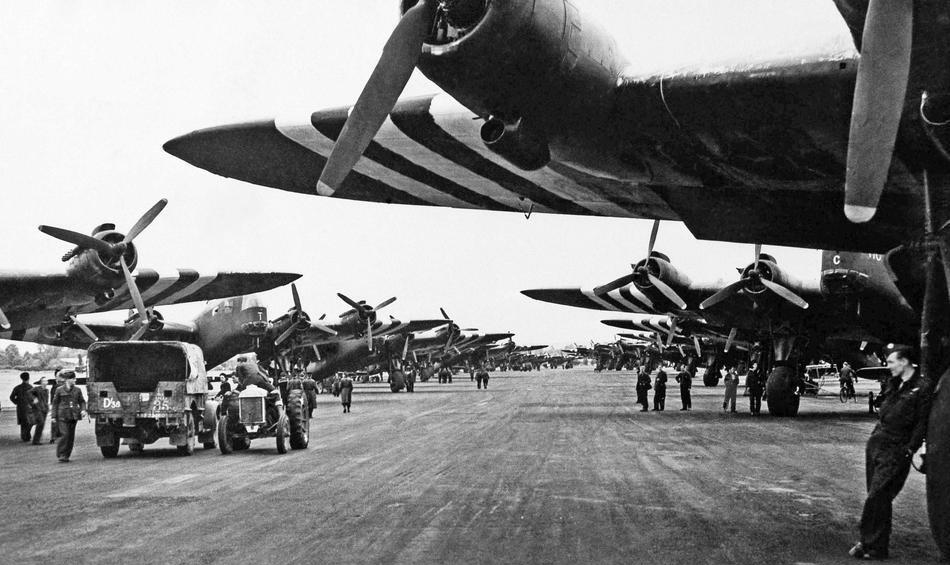
Order: 5 Invasion Stripes, 18 inches wide on single engine planes, 24 inches wide on twin engine planes
So how did the RAFrespond to this desperately late order? Was there enough black and white paint in the country? D-Day was originally planned to be executed on the 5thJune, so how could nearly 12 000 planes be painted in one or two days? The RAF brought in every available person to help the ground crew with this seemingly impossible task. Chaplains, cooks, batmen, physical training instructors, medical staff and storemen used anything they could lay their hands on to adhere to the order and set to the task through the night. Some were painted with brushes and great precision, many used mops and were not even dry when they left ground. But the order was completed; 5 stripes, 18 inches wide on single engine planes, 24 inches wide on twin engine planes.
A test flight, secretly painted on 1stJune 1944, flew above the Allied fleet to familiarise the combined Navies of the new markings. So, when H-Hour was set on every pilot watch the RAF were confident of being recognised from the sea and land. It was this caution and the myriad of thoroughly planned deception techniques that ensured that much of D-Day was a surprise to the enemy forces and led to just 127 planes being taken out of action on this day of days.
The invasion stripes remind us of the role the Royal Air Force played on D-Day, but we should never forget that the RAF have been protecting Britain and its allies for over one hundred years.
References
• Richard Holmes, The D-Day Experience (Index Books Limited, 2004)
• ‘D-Day Figures’, D-Day and the Battle of Normandy Encyclopaedia, accessed June 3, 2023, https://www.dday-overlord.com/en/d-day/figures
• ‘D-Day and the Aerial Battle for Normandy’, Imperial War Museum, accessed June 3, 2023, https://www.iwm.org.uk/history/d-day-and-the-aerial-battle-for-normandy
